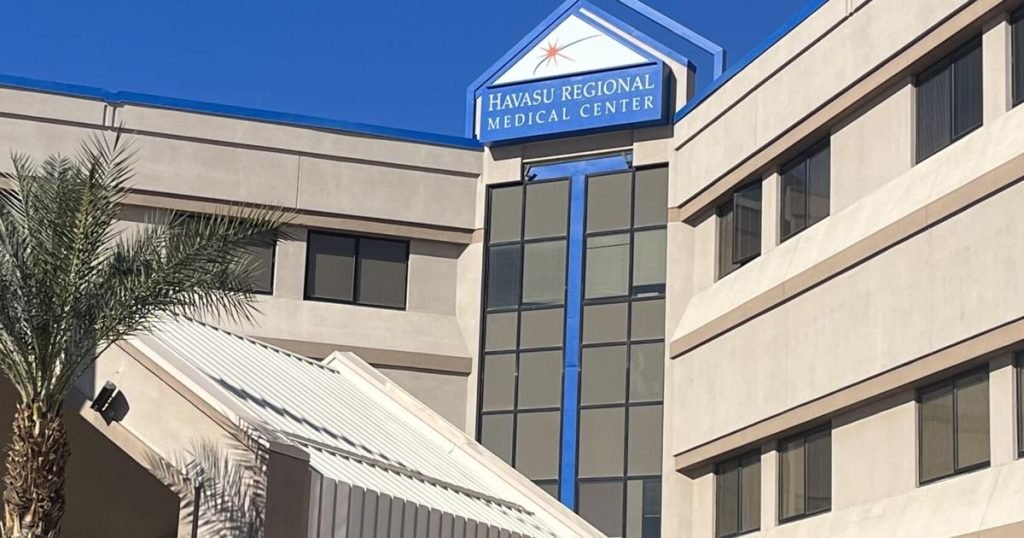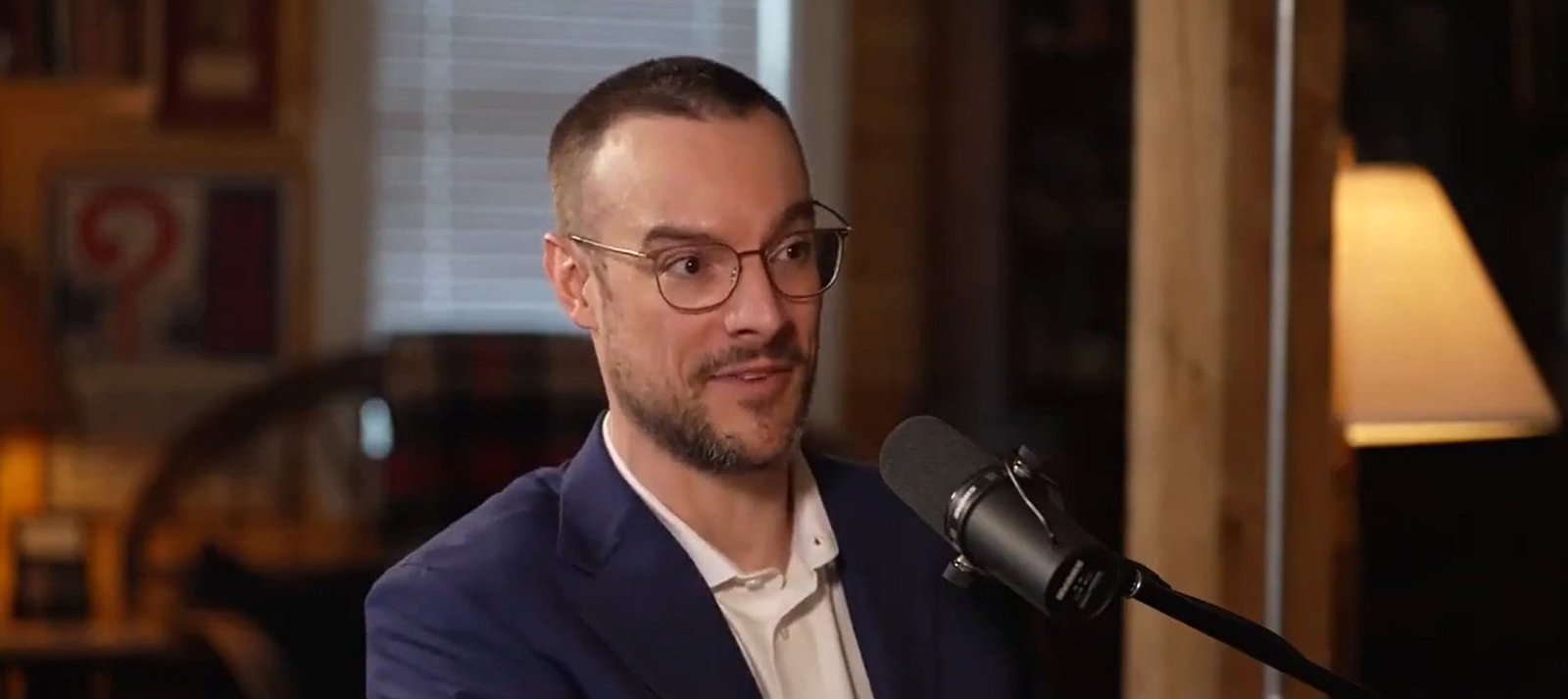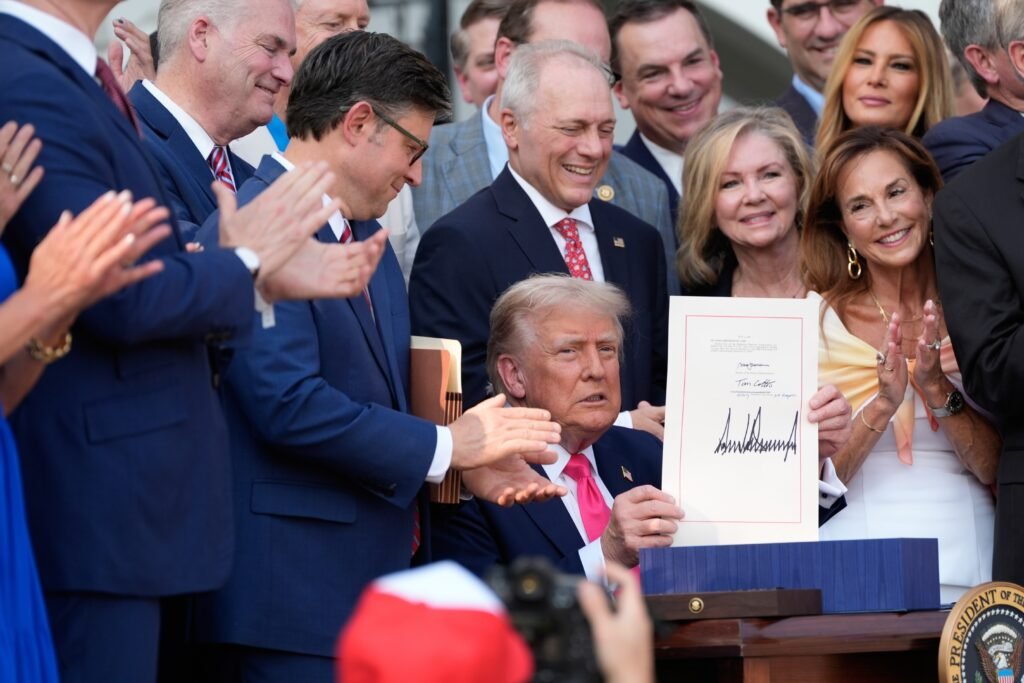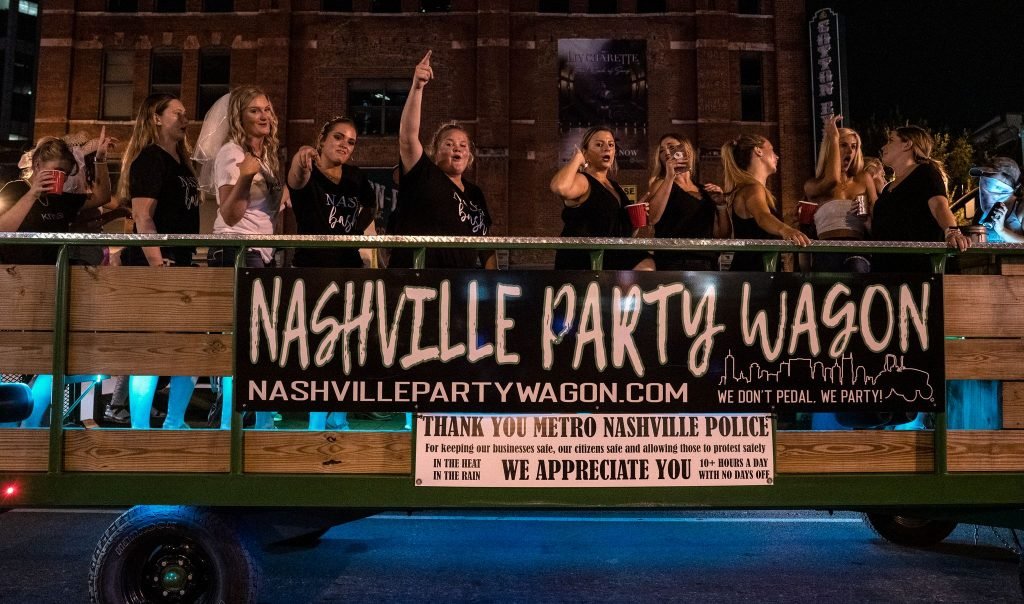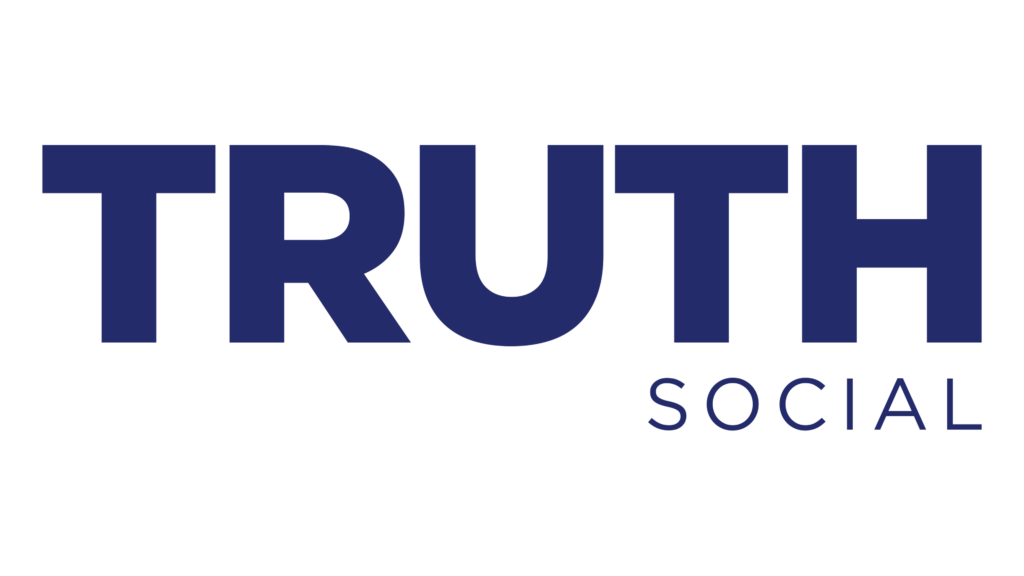Congresswoman Selina Bliss has proposed legislation to create the Health Workforce Advisory Council and the Arizona Health Workforce Investment Fund to address Arizona's health workforce shortage.
“As of January 2022, Arizona ranks among the top five states with the most severe health care workforce shortages,” a press release from the Arizona Board of Nursing states.
Rural areas of Arizona, including Mojave County, are hardest hit by the shortage of health care workers.
According to a report on Arizona's medically underserved areas released by the Arizona Department of Health Services, Mohave County is home to Lake Havasu City, Bullhead City, Kingman, Golden Valley, Colorado City, the Hualapai Tribe and many others. There are areas where medical services are underserved.
Phil Fitzgerald, CEO of Havasu Regional Medical Center in Lake Havasu City and Valley View Regional Medical Center in Bullhead City, said staffing shortages are a challenge hospitals have faced for years.
“Every sector is experiencing some kind of shortage,” Fitzgerald said. “We can't open as many beds as we used to. We can't admit as many patients as we would like to, people who are trying to access our facilities for treatment, so we can't open as many beds as we used to. We have to send some of it outside of our own support area.”
Fitzgerald said there are many reasons why Mohave County is facing a shortage of health care workers, including the cost of living in the region.
“The area we're in. It's difficult. The cost of living also comes into play,” Fitzgerald said. “It's hard to attract some middle-wage earners because the costs are so high.”
To address this, Fitzgerald said he has met with developers in the area to discuss building affordable housing.
“It's a multifaceted issue when it comes to bringing them in and keeping them once they're here,” Fitzgerald said.
Dan Dirksen, director of the Arizona Rural Health Center, said Arizona's rapid population growth is a major cause of the health care worker shortage.
“Our population has grown very quickly,” Dirksen said. “Arizona has been in the top five states for population growth for many years. It just hasn't kept up with rapid population growth. Since then, states like Arizona that have grown as quickly as We are falling further and further behind in education and housing quotas.”
HRMC, in partnership with Mojave Community College and Arizona State University, has taken several steps to create more medical education and residency positions.
“We partner with a variety of academic institutions in the region, and ASU is one of the institutions that poachs talent and also has staff to recruit into the workforce,” Fitzgerald said. “We've put together a very strong nursing externship program. I think we've hired over 68 nurses this year alone.”
Nursing positions are among the most difficult to fill in Arizona. To that end, AZBN implemented a student nurse/new graduate clinical placement and preceptor training pilot grant program last year. This program provides funding to various healthcare institutions that are prepared to implement nursing leadership programs.
“The primary purpose of the grant program is to address Arizona’s nursing shortage by increasing the number of qualified nurses and nursing assistants in Arizona,” the press release states. . “AZBN has received significant funding from the Arizona Health Care Cost Containment System (AHCCCS) of $25 million annually for three years to address this challenge.”
More than $20 million has now been allocated, and HRMC is one of the recipients.
Kathy Malloch, a grant consultant at AZBN, said she believes one of the biggest reasons for the nursing shortage is that nurses are overworked.
“They're getting burnt out and leaving the profession,” Malloch said. “There will be a shortage of about 25,000 nurses over the next five years.”
Malloch said each program is evaluated at the end of each year to see if it will continue to receive funding the following year.
“We meet monthly with each program,” Malloch said. “The enthusiasm and dedication of our grant recipients has been incredible and they have already achieved so much.”
Fitzgerald said their nurse training and externship programs are extremely beneficial to the hospital.
“We basically hire them before they're nurses, and they've been working in the field so they have a good idea of what they're going to be doing,” Fitzgerald said. Ta. “We take them out of their nursing apprenticeships and into our training program where they receive one year of continuing education and schooling.”
In another effort to address the health care workforce shortage, Arizona Sen. Kyrsten Sinema co-sponsored a bill called the Health Care Workforce Resilience Act. This will allow doctors and nurses to use unused visas from previous years.
“This is a creative way to solve this problem so that rural communities can access the health care they need,” Sinema said.
Sinema said the bill would not increase the number of immigrants coming to the United States or lay off American employees.
“For Arizona to remain competitive and address the critical shortage of physicians and other health care workers, we must not only attract and retain global talent to complement our U.S.-born workforce, but also “It will be important to implement policies that build career paths for the people who already call the state home,” the American Immigration Council report states. “Arizona has a growing need for health care workers, but many immigrants who have obtained specialized education, training, and licenses overseas are unable to practice in the state, and are unable to obtain requalification or language skills. They face challenges. Their skill sets are often underutilized, resulting in so-called “brain wastage” that often leads to shortages and unemployment. ”
Although HRMC continues to face staffing shortages, Fitzgerald said the hospital has seen some improvement from the previous year.
“We were able to open up 30 more beds than last year,” Fitzgerald said. “From last year to this year, we've seen a huge improvement in our turnover rate. Last year, I think his turnover was around 28%. This year, he's down to 14%, so we're trying to keep our staff a little bit more.” I can.”
Fitzgerald also said the government relies on the national budget to make this progress and will continue to support legislation that helps address the health worker shortage, and Bliss' bill will do just that. He said that it will be realized.
House Bill 2171 states that the goal of the Arizona Health Care Workforce Advisory Council is to address the health care workforce shortage in the state. The council includes one representative from a dental insurance company, the Director of Health Services, the director of AHCCCS, one representative from a state organization representing physicians, one representative from a state organization representing nurses, and a representative from a health care organization. Consists of one representative. one representative from a state organization representing behavioral health care, one representative from a state organization representing dentists, two representatives from an organization within the state representing hospitals, the president of each university under the jurisdiction of the Arizona College Board, and the state One representative from the state organization representing community colleges and one representative from each private university in the state with a physical campus and on-site instruction to train health care workers.
The council would meet to discuss how best to disperse the funds into the Arizona Health Workforce Investment Fund, according to the bill.
Fitzgerald said that while HRMC and Valley View have made some progress since last year, they are still not where they want to be and will continue to pursue different avenues to address the health worker shortage.
“It’s been a challenge the last three years,” Fitzgerald said. “It's going to continue to be a challenge. This is a difficult area to recruit to. It's hard to attract people to rural areas. It's about not only attracting them, but making sure they stay here and are part of our community. How do we check?”

